Tips to Target Chinese Luxury Buyers
The digital behavior of Chinese consumers is of interest to all brands, especially luxury brands. Digitization has broken codes, consumers interact differently, the rhythms are jostled (See now, buy now). A report by Tencent and BCG on consumers’ digital behaviors in the luxury goods market in China sheds light on the subject and its particularities.
A highly digitalized and fragmented Chinese clients
Chinese luxury consumers are relatively young, the average age is 28, and the 18-24 age group represents 36% of those consumers. Then we find the 25-30 years who represent 32%. This means that more than half of luxury consumers are digital natives.
The report further confirms that more than 50% of contact points in the luxury world are made online, via mobile, and through various channels, including social networks.
in the discovery and research phases, just before purchasing decision making, the quest for information is omnichannel and highly fragmented.
There is evidence that consumers are seeking the maximum information available both online and offline before making a purchase decision. This forces brands to be present on all fronts. For example, a fashion KOL is an essential point of contact to influence luxury consumers. To get their attention, an official WeChat account and mini-programs can be powerful assets to enable interaction and consumer engagement.
Cost-Effective Agency
KPI and Results focused. We are the most visible Marketing Agency for China. Not because of huge spending but because of our SMART Strategies. Let us help you with: E-Commerce, Search Engine Optimization, Advertising, Weibo, WeChat, WeChat Store & PR.
Tips to Target Chinese Luxury Buyers
Chinese luxury consumers first collect information online and then go to the store to buy. BCG notes that in the buying phase, they prefer the shopping mall, the shopping abroad, and the Daigous if they can not go abroad.
The BCG report reveals one of the reasons for these preferences: more than 50% of luxury consumers do not live in the TOP 15 most developed cities. This impacts their way of consuming luxury:
Marketing that takes into account the “City Cluster”
For young Chinese luxury consumers living in less favored cities, it’s the mobile phone that gives power!
A key element that erases differences and places them in equal economic and consumer trends. They are connected to the world, they communicate in instant messaging, and can make quick purchases.
BCG shows that among consumers of luxury goods who live in cities of 3rd rank and even less favored, 16% buy luxury goods online, much more than those of the cities of first (8%) and second rank ( 9%).
At the same time, the radiation effect of large cities is an important factor in the marketing of brands that want to reach luxury consumers. They act as magnets and drain towards them this young population who after intensive online research, will choose to go to the big cities nearby to buy the desired luxuries: this is the case for 51% of them.
So we are talking about City Cluster, cities whose area of influence is large. Geographical distribution of customer bases in search of luxury products.
Shopping Malls: They must travel to shop in the nearest cities to access the physical shops of sought-after brands. The shopping Malls that group them are therefore destinations of choice.
Digital

Shopping abroad: they are looking for bargains. The cheaper rates and tax refund are important elements in the act of purchase. In addition, not all models are necessarily available in China, so about 45% of these Internet users decide to go abroad to buy luxury goods.
Daigous: they can also appeal to Daigous abroad and entrust them with the mission of finding the desired items, then send them to China.
Social commerce has rapidly developed in the luxury industry.
The increase in information channels, the diversity of digital and physical contact points, as well as the multitude of online branded content, have led to the rapid evolution of consumer purchasing patterns of luxury goods.
The digital ecosystems of China’s major operators are constantly changing and offer innovative tools to businesses.
Chinese consumers are constantly combining Online and Offline to enjoy the benefits of both worlds and optimum service.
Brands must be everywhere, with consistency and creativity, to seduce and sell luxury products to Chinese customers …. which alone accounts for 30% of the global luxury market.
Researching Information
The increase in information channels, the diversity of digital and physical contact points, as well as the multitude of online branded content, have led to the rapid evolution of consumer purchasing patterns of luxury goods.
The digital ecosystems of China’s major operators are constantly changing and offer innovative tools to businesses.
Chinese consumers are constantly combining 020 Online and Offline to enjoy the benefits of both worlds and optimum service.
Brands must be everywhere, with consistency and creativity, to seduce and sell luxury products to Chinese customers …. which alone accounts for 30% of the global luxury market.

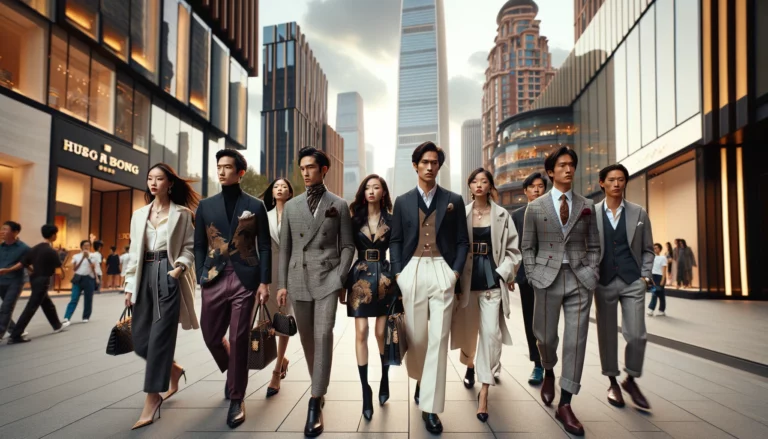
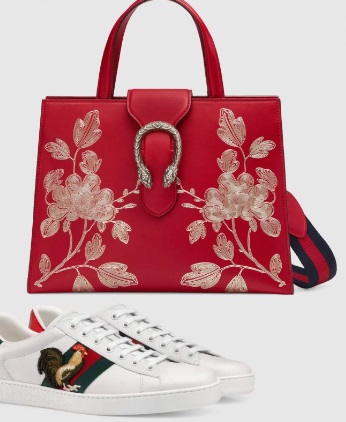
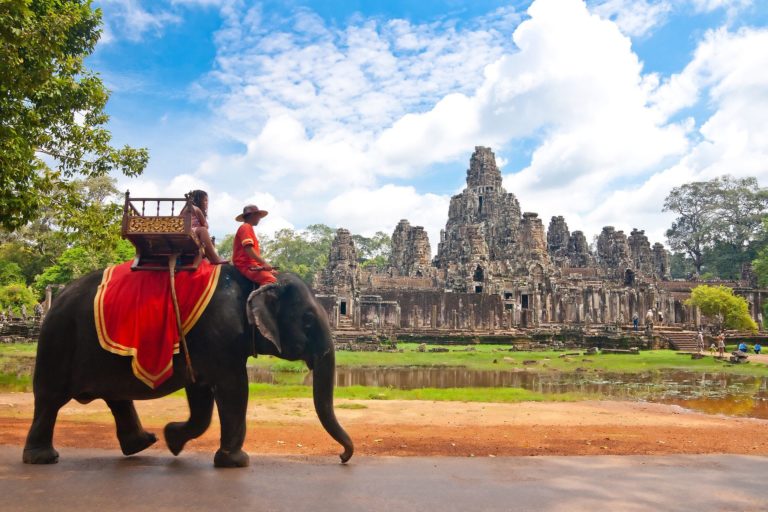
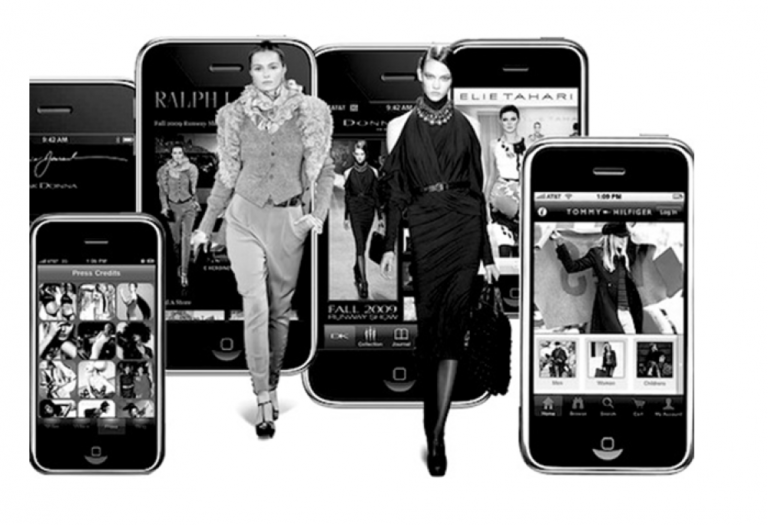

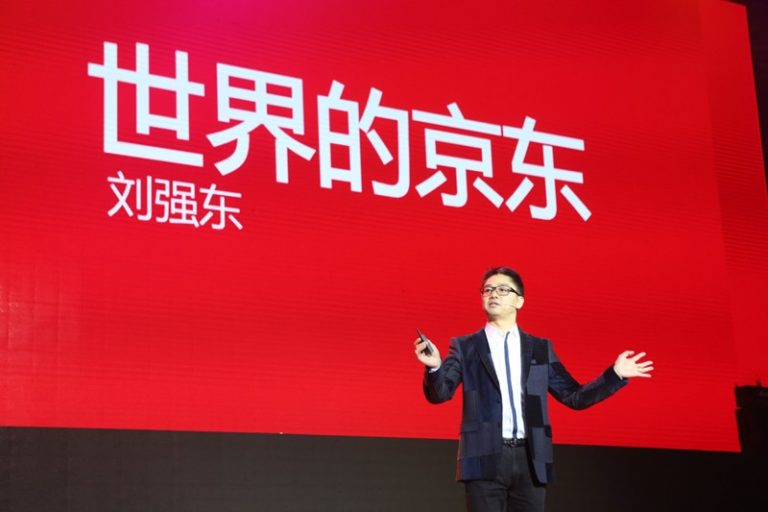
Thanks for educating about Chinese online buyers.
Which social media do Chinese buyers and investors use most?
Thanks.
Chinese buyers will us WeChat Weibo and RED
Chinese investors : Well , finance Media, News App, and Wechat for Chatting.